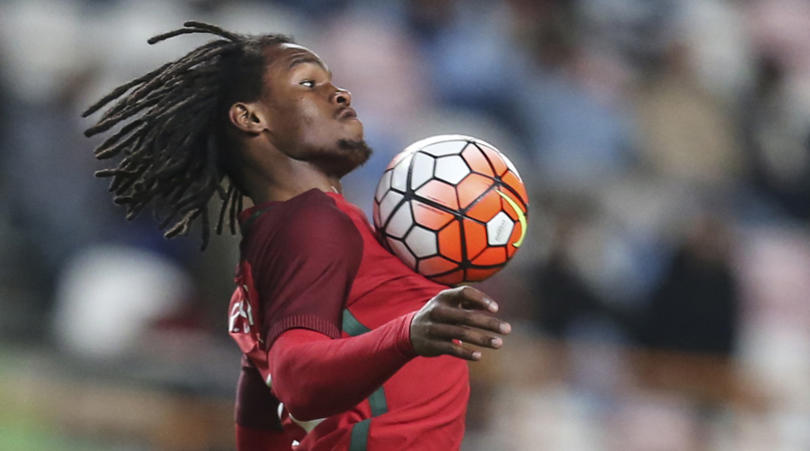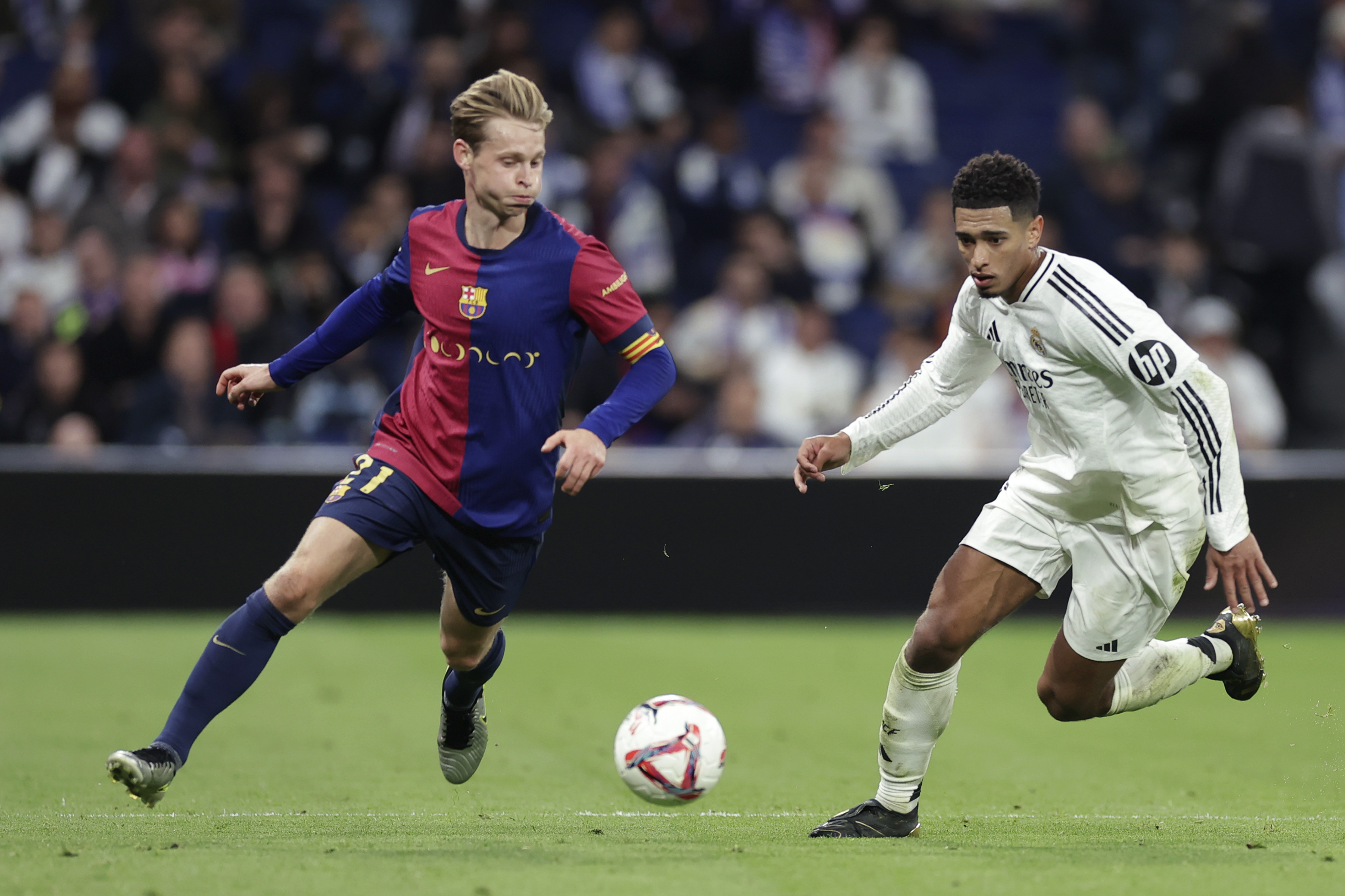Ranked! The 10 worst signings of the 2017 summer transfer window
Let’s all simmer down. We’re not saying that these are awful players – more that their price, age or surrounding circumstances make for 10 negative football transfers
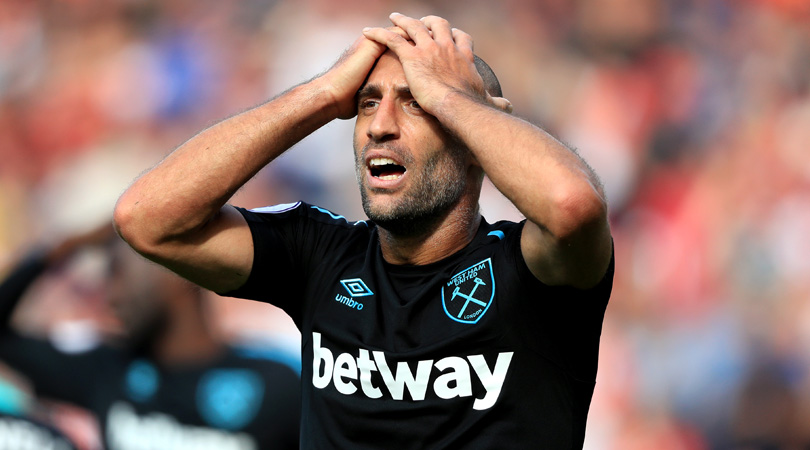
10. Gylfi Sigurdsson (Swansea to Everton, £45m)
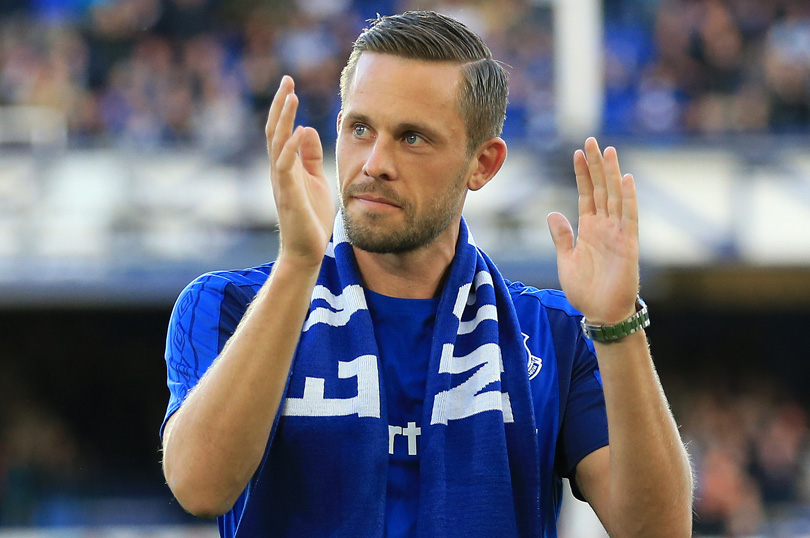
Good player, horrible deal.
Sigurdsson will make Everton better and, at worst, provide them with a level of creativity that they didn’t have before. But that fee? £45m doesn’t buy superstars anymore, but Ronald Koeman could likely have split that money over several areas of his side and come out stronger as a result.
Added to which is the player’s age. Sigurdsson is 28 in September and likely has just a few years left at the top of his game, so it’s hard to envisage a situation in which this is ever thought of as anything other than an enormous overspend.
9. Anthony Modeste (Cologne to Tianjin Quanjian, £30m)
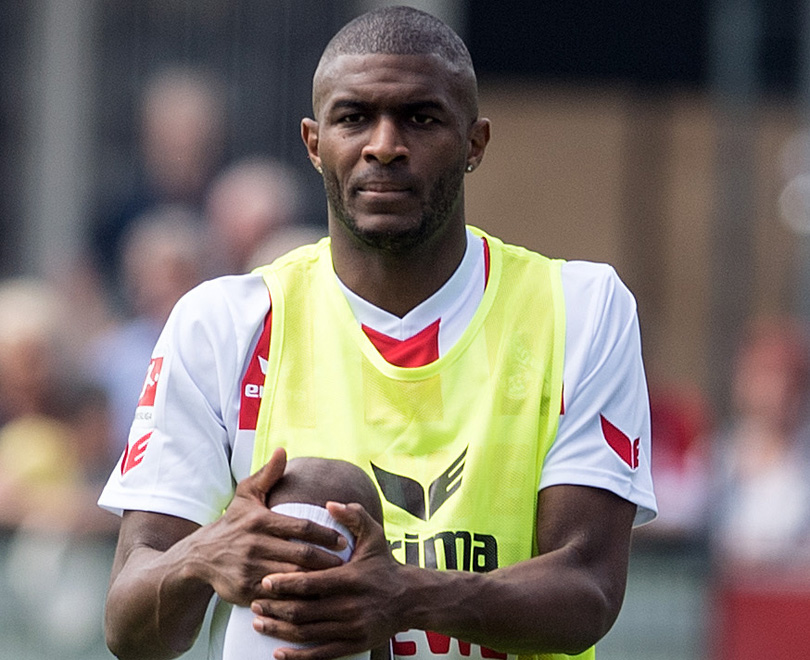
For context, Modeste had the season of his career at Cologne in 2016/17, scoring 24 times in 35 Bundesliga appearances.
At 29, he was perfectly entitled to explore the riches of the Chinese Super League and, the chances are, he’ll likely do very well. However, it’s difficult to reconcile the player’s age, the £30m Tianjin Quanjian paid for him, and China’s intent to ‘grow the game’ in their country.
Get FourFourTwo Newsletter
The best features, fun and footballing quizzes, straight to your inbox every week.
Modeste is not a highly marketable figure, he doesn’t boast that kind of profile, so this really constitutes the kind of transfer that the CSL were trying to distance themselves from.
8. Alex Oxlade-Chamberlain (Arsenal to Liverpool, £35m)
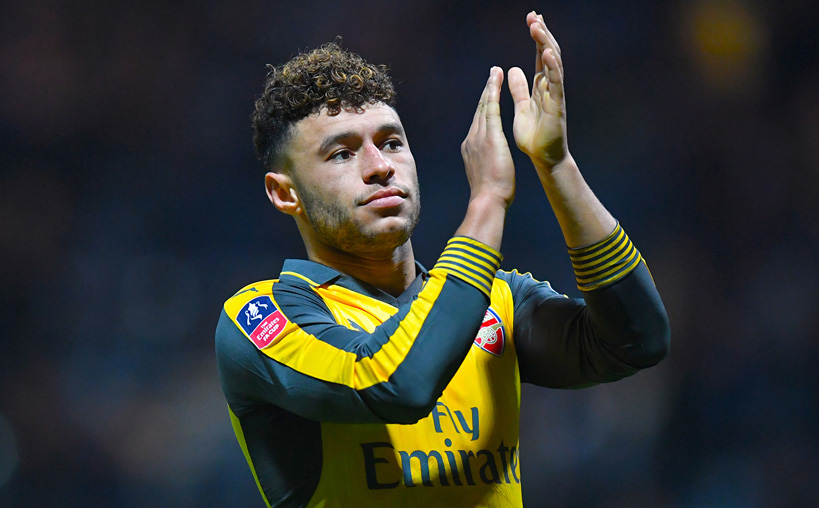
Not a bad transfer in the sense that Oxlade-Chamberlain isn’t worth the fee Liverpool have paid for him (although his confidence in being allowed to play as a central midfielder does seem misplaced). Instead, it’s the circumstances of what it means for the club he’s left: his willingness to turn his back on Arsenal’s richer contract offer and the club’s subsequent inability to find a replacement.
Just over a week ago, Arsene Wenger was describing Oxlade-Chamberlain as the future of the club and, of course, he named him in his starting XI at Anfield on August 26. Now, the player has just unwittingly become another symbol of the dysfunction at the Emirates.
7. Neymar (Barcelona to PSG, £198m)
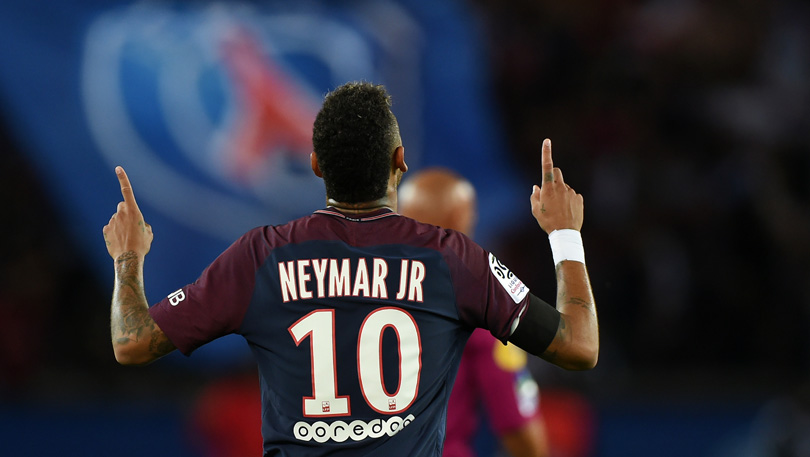
A brilliant player who is sufficiently gifted not to have a definitive ‘value’ – but how did this deal make you feel?
We know already that it was driven by factors beyond football. But given the events which have followed - the shenanigans over Nice’s Jean Michael Seri (whose mooted move to Barcelona was allegedly scuppered maliciously by PSG) for instance - it reaffirmed the suspicion that football is becoming little more than billionaire one-upmanship.
The Brazilian is superb, incontestably one of the best players in the world, but his transfer constituted a low point for the game – and its knock-on effects have been significant. The only manageable response is to shrug sadly, then mutter something inaudible about shirt sales and social media presence.
6. Joselu (Stoke to Newcastle, £5m)
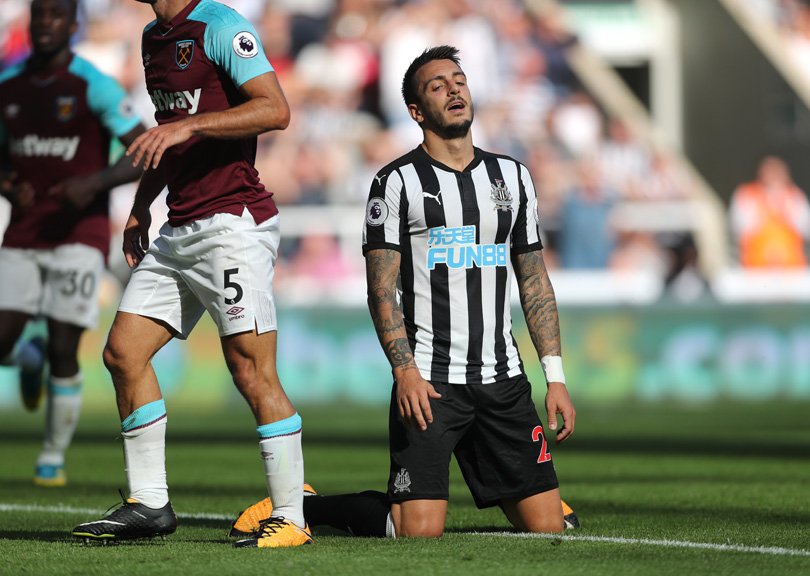
Newcastle needed goals ahead of this season and Mike Ashley publicly promised Rafa Benitez “every last penny” for squad improvement. Look how that worked out; Benitez’s future is now growing more uncertain by the day.
Joselu is not substandard, but the 27-year-old won’t guarantee anything like the volume of goals that Benitez was hoping for. In his entire top-flight career, spanning spells in England, Germany and Spain, he has never scored more than nine goals in a league season.
The transfer which brought him to St. James’ Park wasn’t a bad deal - naturally, it was extremely thrifty - but the distance between the improvement he will provide and that which Newcastle needed is absolutely vast.
5. Danny Drinkwater (Leicester to Chelsea, £35m)
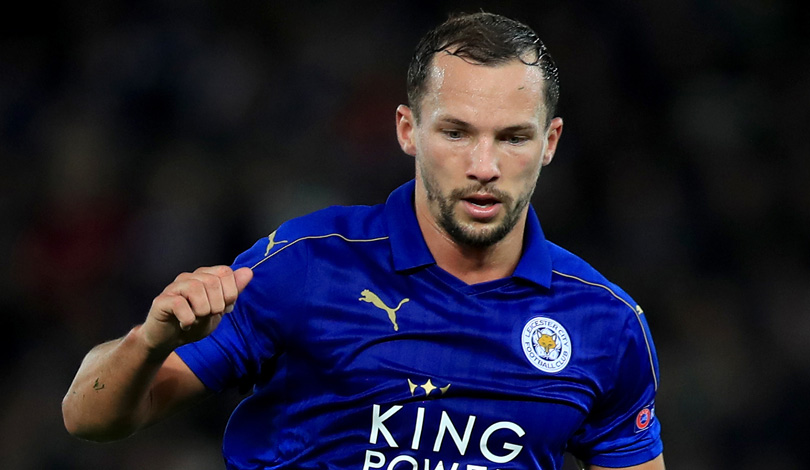
Way, way too much money. Chelsea suffered through some unexpected failures on deadline day and clearly would have preferred to have signed Ross Barkley - either additionally or instead of Drinkwater.
So, although the club’s interest in the player was semi-long-term, the fee they ultimately parted with was clearly inflated by their own desperation. Antonio Conte was public in his dissatisfaction over Chelsea’s inertia in the market and this seems like an act of appeasement. Drinkwater is a good player, but is he someone whose form will truly help his club thrive? Not really – he’s just another body.
This looks a Steve Sidwell/Scott Parker move - the classic over-reach by a player attracted to the bright lights and the false promise of a bigger stage. N’Golo Kante and Tiemoue Bakayoko are Conte’s default starters, Cesc Fabregas is the attacking variation from the bench, and it’s unclear exactly where Drinkwater’s game time is actually going to come from.
That doesn’t make him a bad player, just a good one guilty of a bad decision.
4. Pablo Zabaleta (unattached to West Ham)
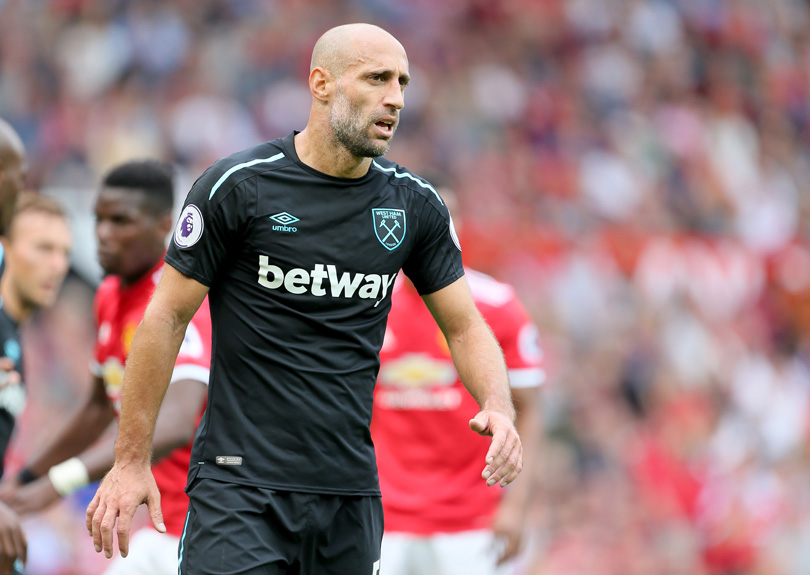
Zabaleta has been a terrific player and, by all accounts, he’s a model professional and thoroughly decent human being.
However, if ever a transfer was quintessentially West Ham, it’s this one. He’s a name, he’s past his best, and his wages are likely huge; it’s symptomatic of the short-termism which has slowly eroded the club’s culture. Zabaleta is a modern Manchester City icon and the hope, presumably, was that some of his winning intangibles could be transplanted into the London Stadium dressing room.
Football rarely works like that, though, and on current evidence this is another misfire from a recruiting department which has been shooting blanks for a while. It’s not really Zabaleta’s fault, he just isn’t the magic bullet for West Ham’s myriad issues.
Plus, who actually wants to see this? A once-great player looking old and lost in a muddled, poorly constructed team. No thanks.
3. Kylian Mbappe (Monaco to PSG, loan)
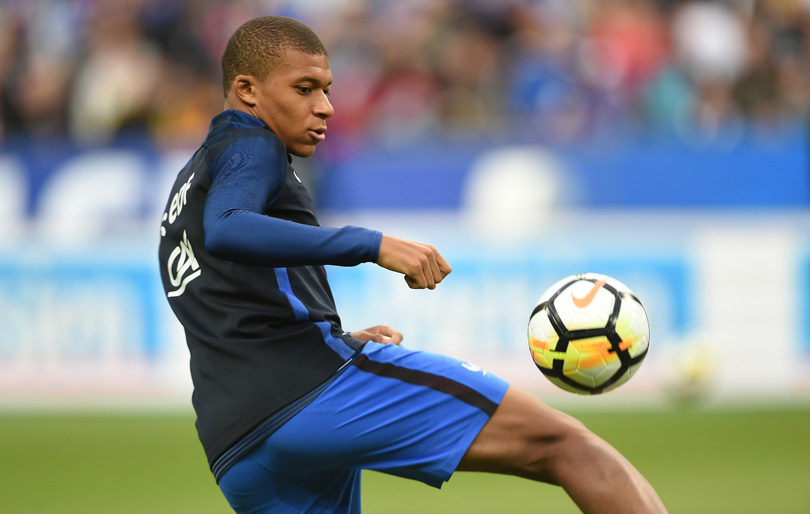
Ah, well done PSG - good for you. Ligue 1 is over for the season and any Financial Fair Play concerns have been miraculously assuaged by the initial absence of a permanent fee.
Mbappe is a fabulous prospect who should have interested every major club in Europe, but moving to a divisional rival makes this a particular type of deal - the sort pursued for the sake of weakening a rival. This is 2017’s version of Gonzalo Higuain moving from Napoli to Juventus, or Mario Gotze leaving Dortmund for Bayern Munich.
He’s very gifted and will presumably do extremely well at Parc des Princes, but anything which helps erodes the culture of a competition to such a degree belongs on this list.
2. Paulinho (Guangzhou Evergrande to Barcelona, £36,4m)
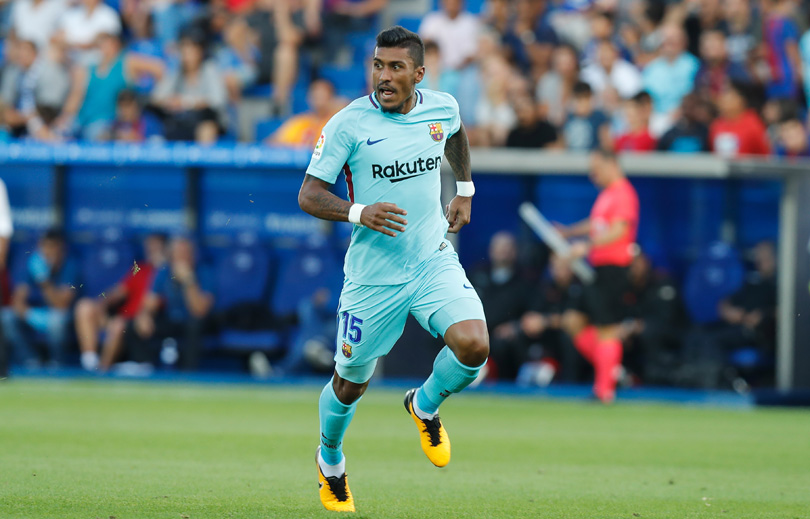
Forget the preconceptions about Paulinho based on his disappointing time in England and just consider the raw details: he’s 29 years old, has been playing in the Chinese Super League, and cost Barcelona over £35m.
It’s perfectly plausible that the Brazilian was just never suited to the Premier League, although whispers about a less-than-committed attitude suggests he made it hard for himself. Still, the chances of him showing his worth in Barcelona seem equally slender. The size of the Camp Nou and the club’s stratospheric standards make the task hard enough, but consider the calibre of his predecessors and also the type of player that the natives typically warm to in Catalonia.
The missing ingredient is finesse. He’ll be a tough sell.
1. John Terry (unattached to Aston Villa)
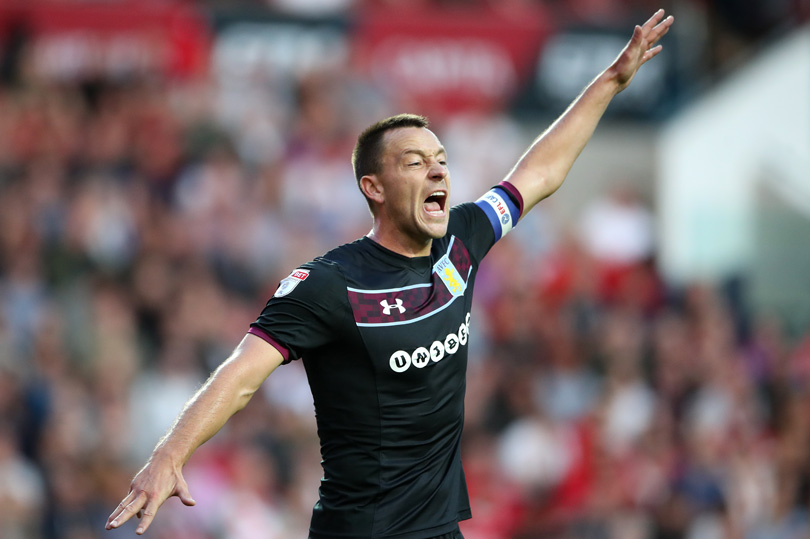
When a player achieves certains things in his career, he’s afforded privileges - one of which is the opportunity to carry on well beyond his expiration date.
What did Steve Bruce see in Terry? It’s obvious: a serial winner with the full collection of club medals who, at a lower level, could infect an impressionable group of players with his winning DNA.
Five games into the season, Villa find themselves towards the foot of the Championship and have conceded the third-most goals in the division.
That’s the problem: this kind of move always sounds smart, but rarely do all of those intangibles stack up as they should. Terry is no Dave Mackay and Bruce is certainly no Brian Clough.
Seb Stafford-Bloor is a football writer at Tifo Football and member of the Football Writers' Association. He was formerly a regularly columnist for the FourFourTwo website, covering all aspects of the game, including tactical analysis, reaction pieces, longer-term trends and critiquing the increasingly shady business of football's financial side and authorities' decision-making.
